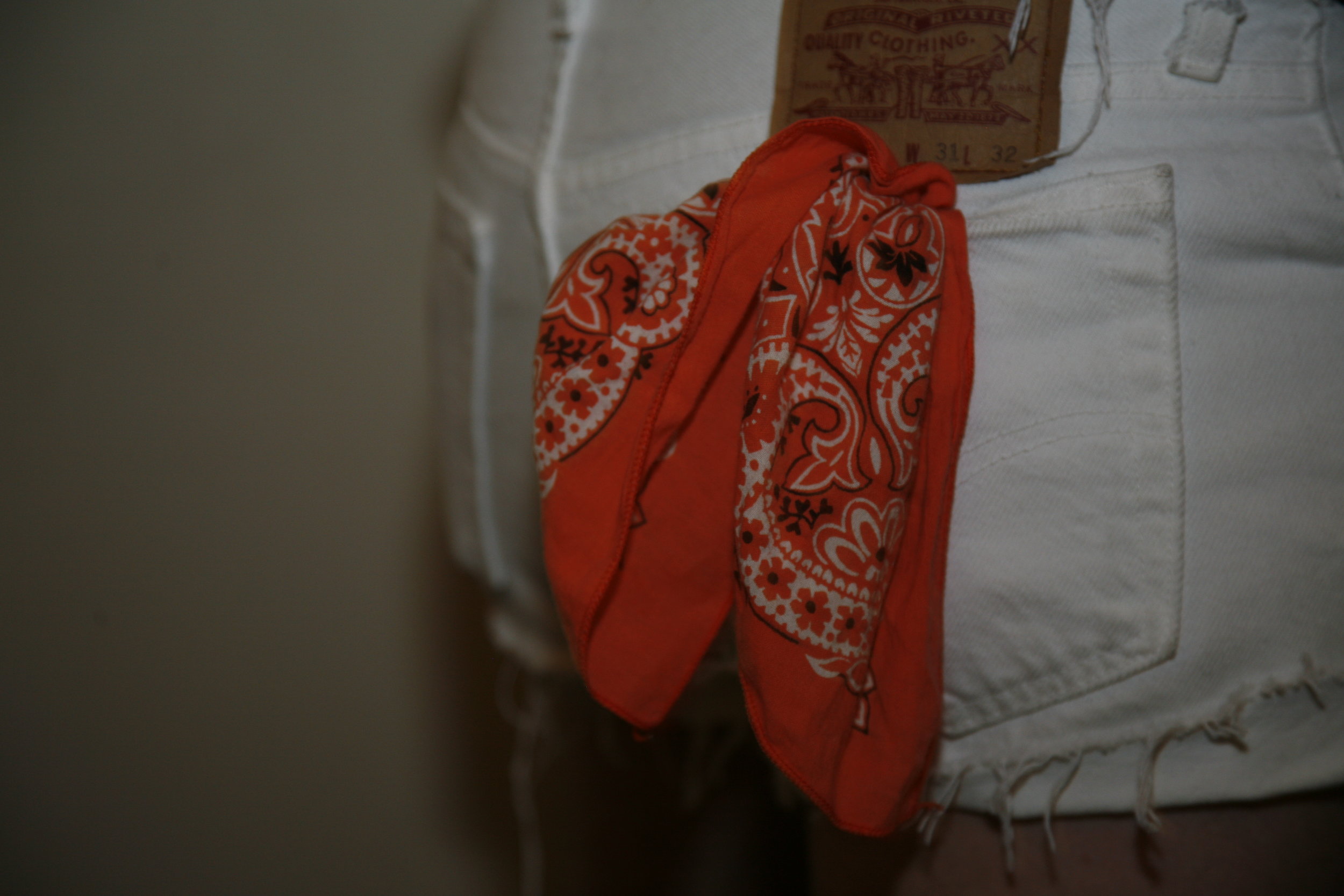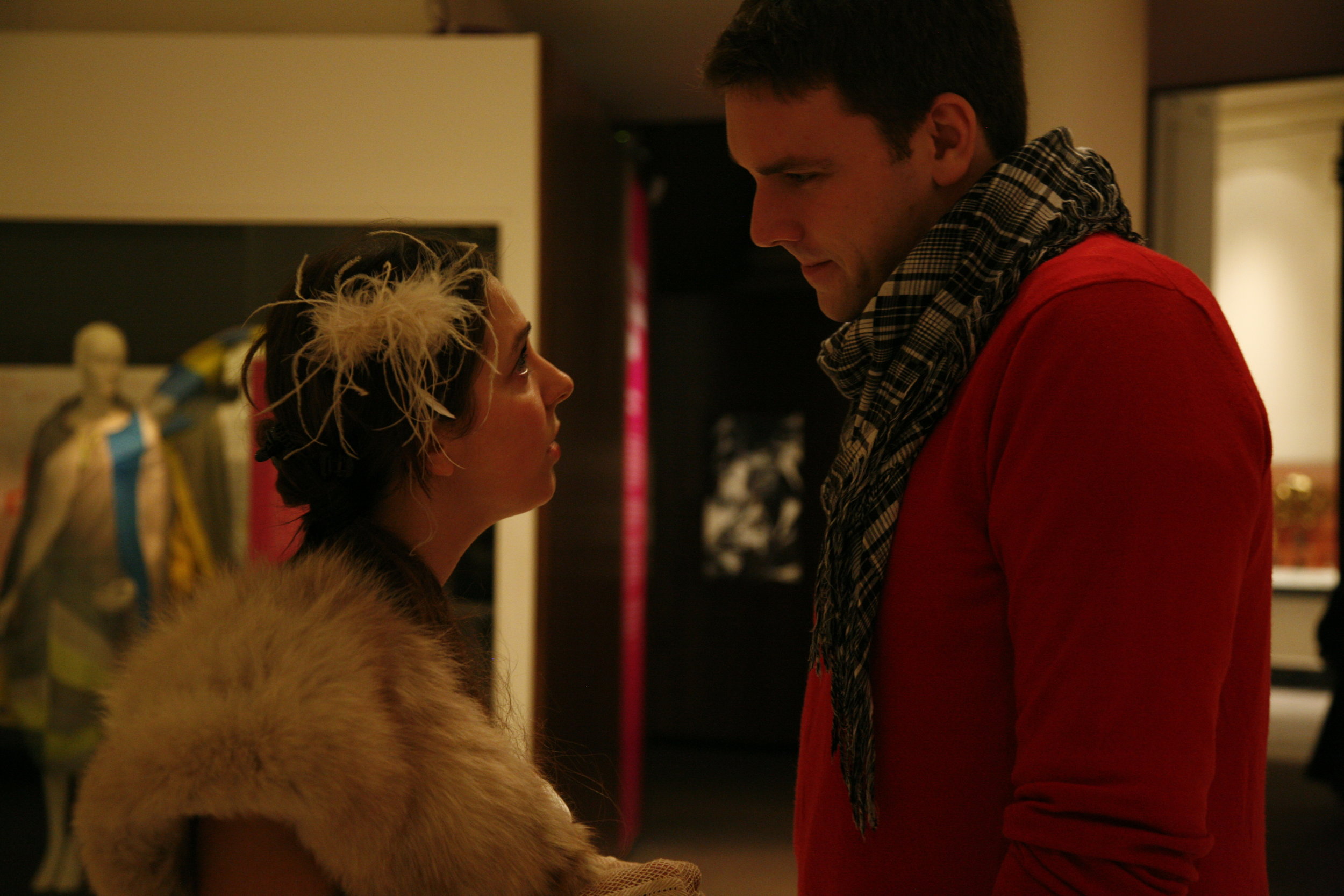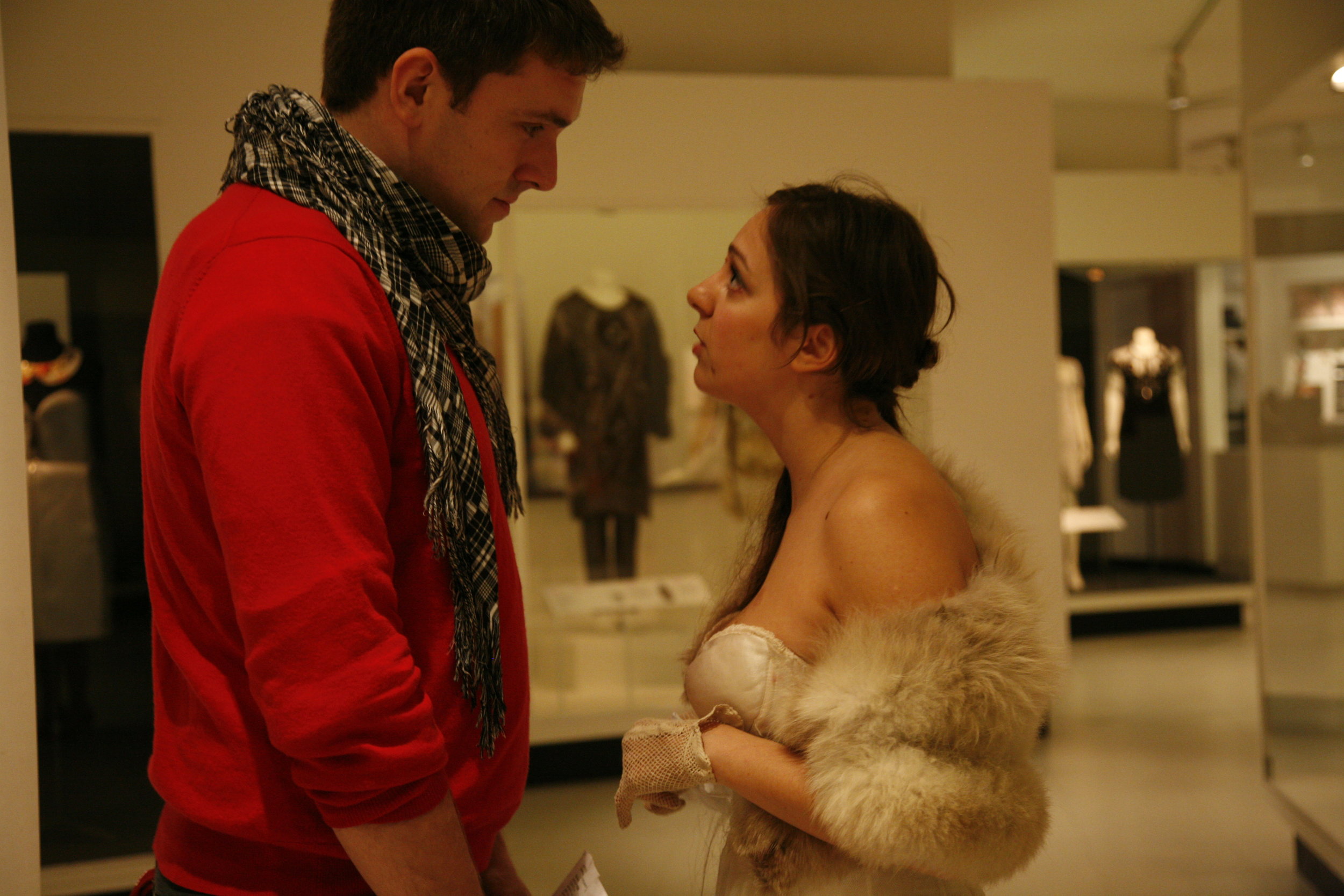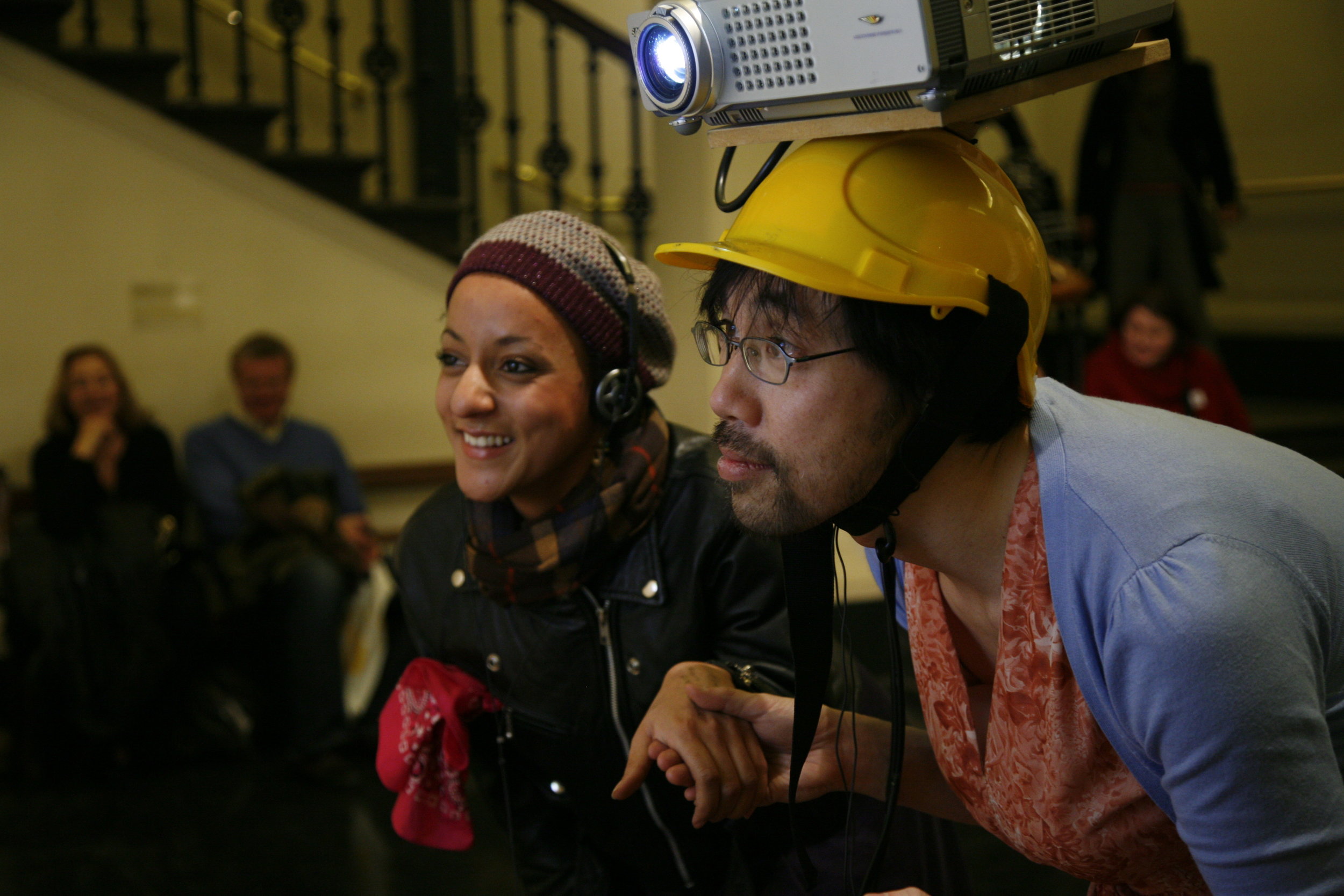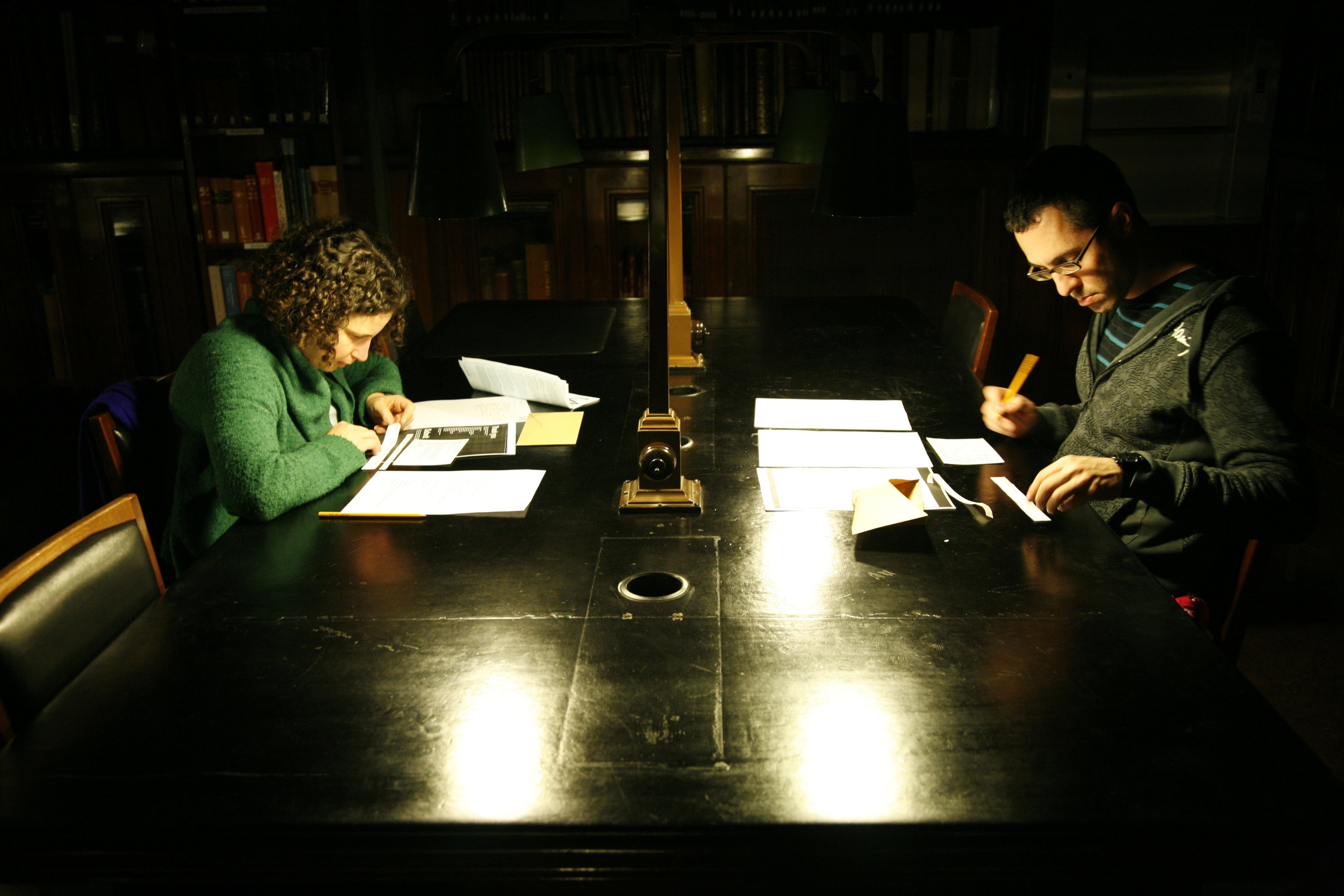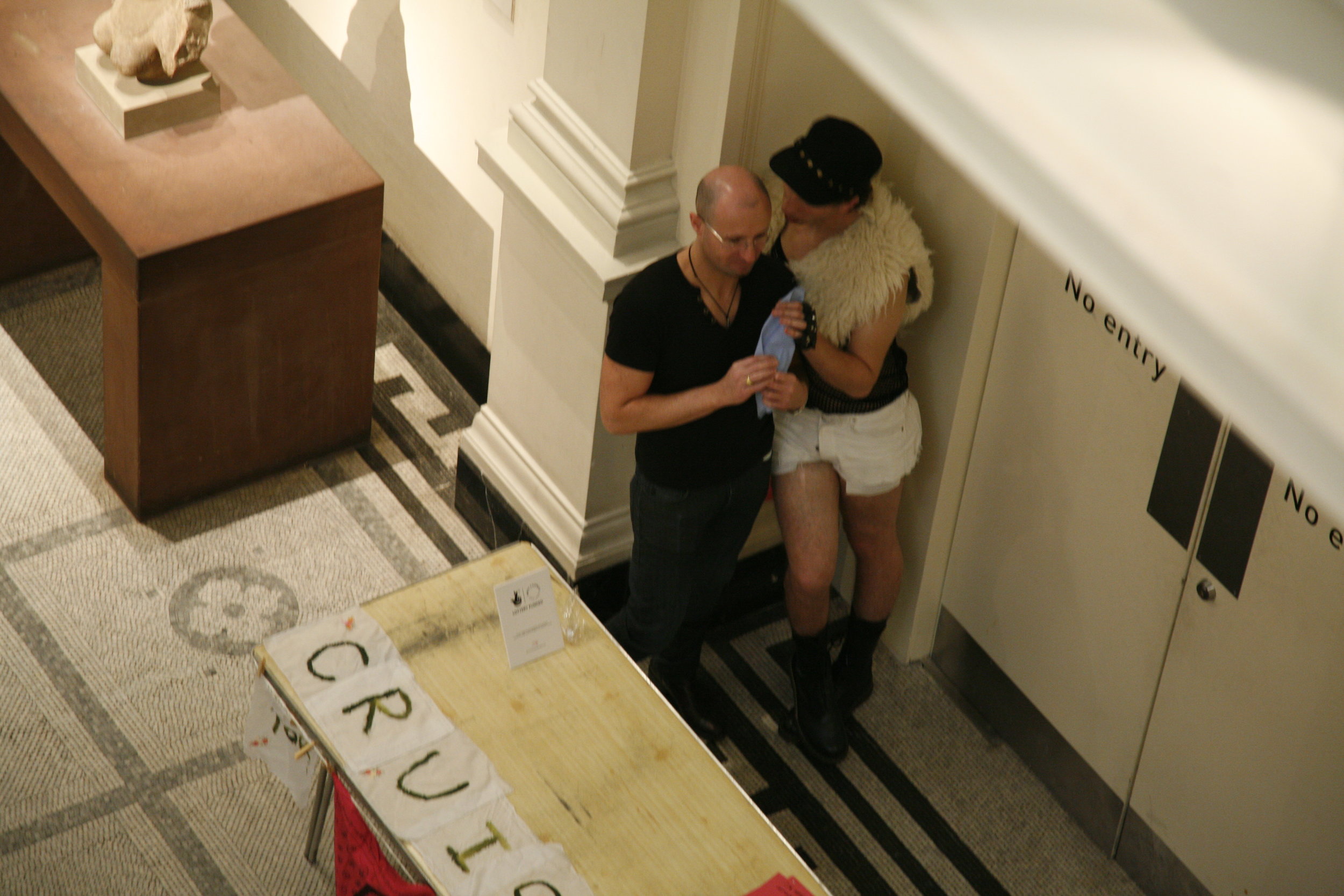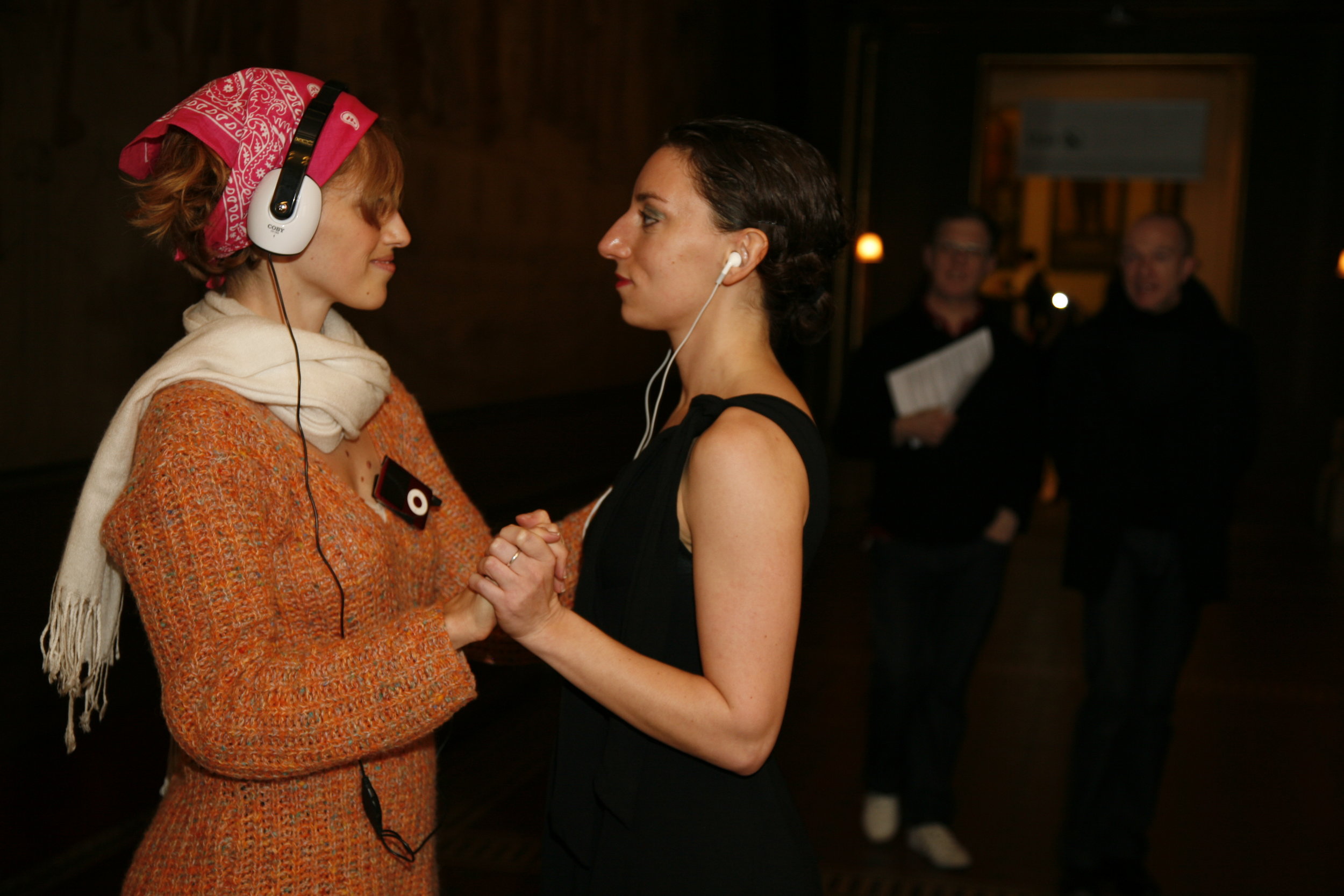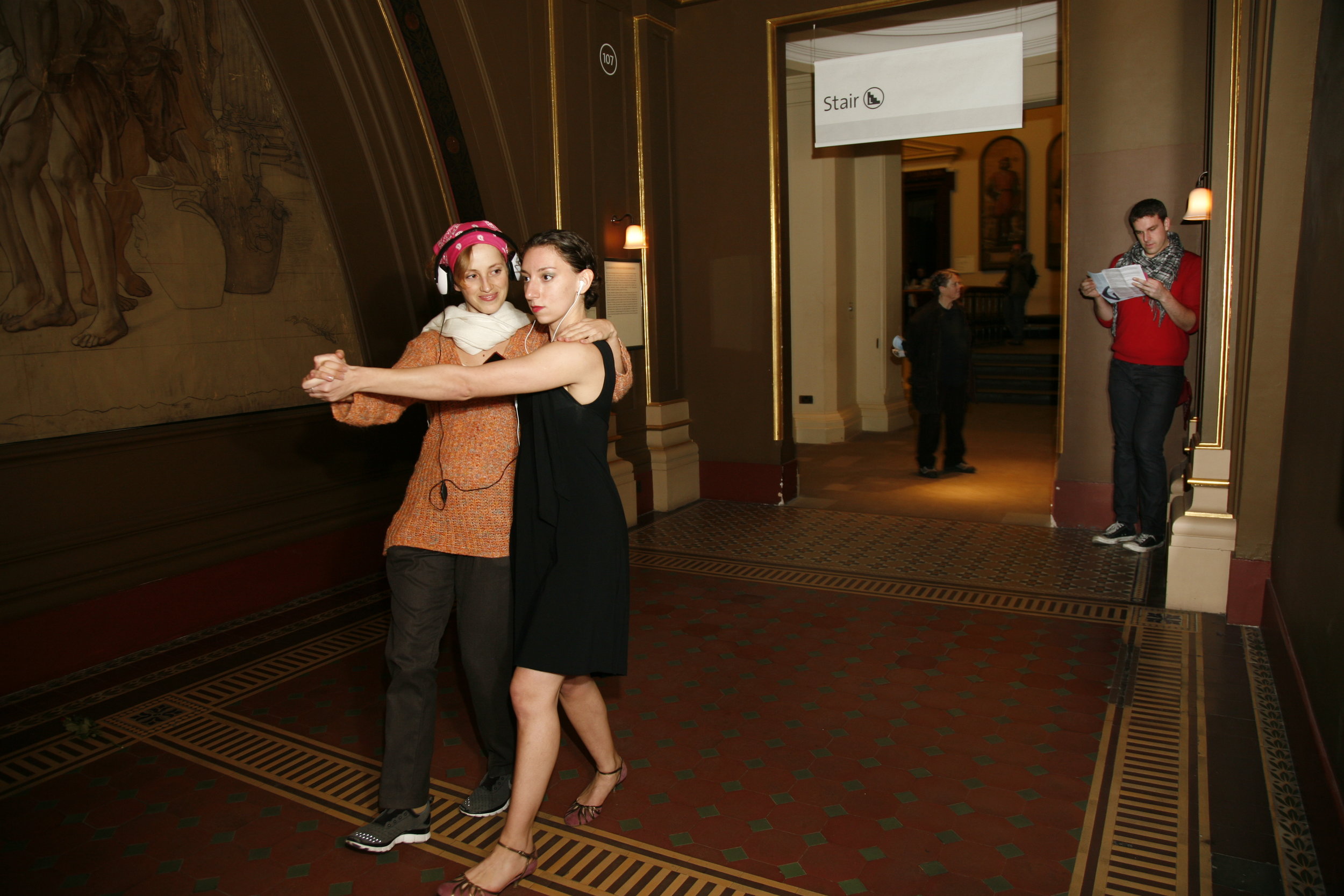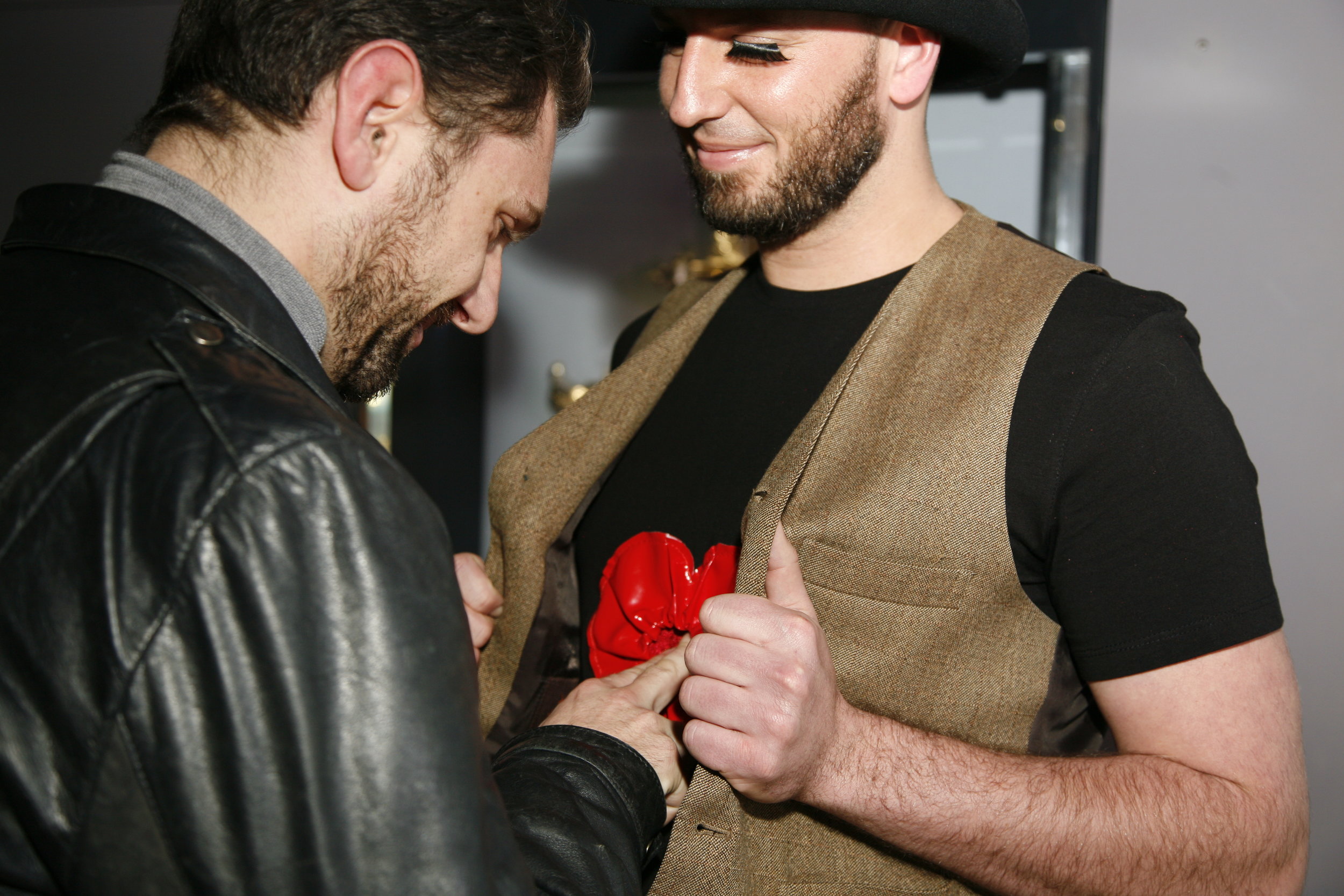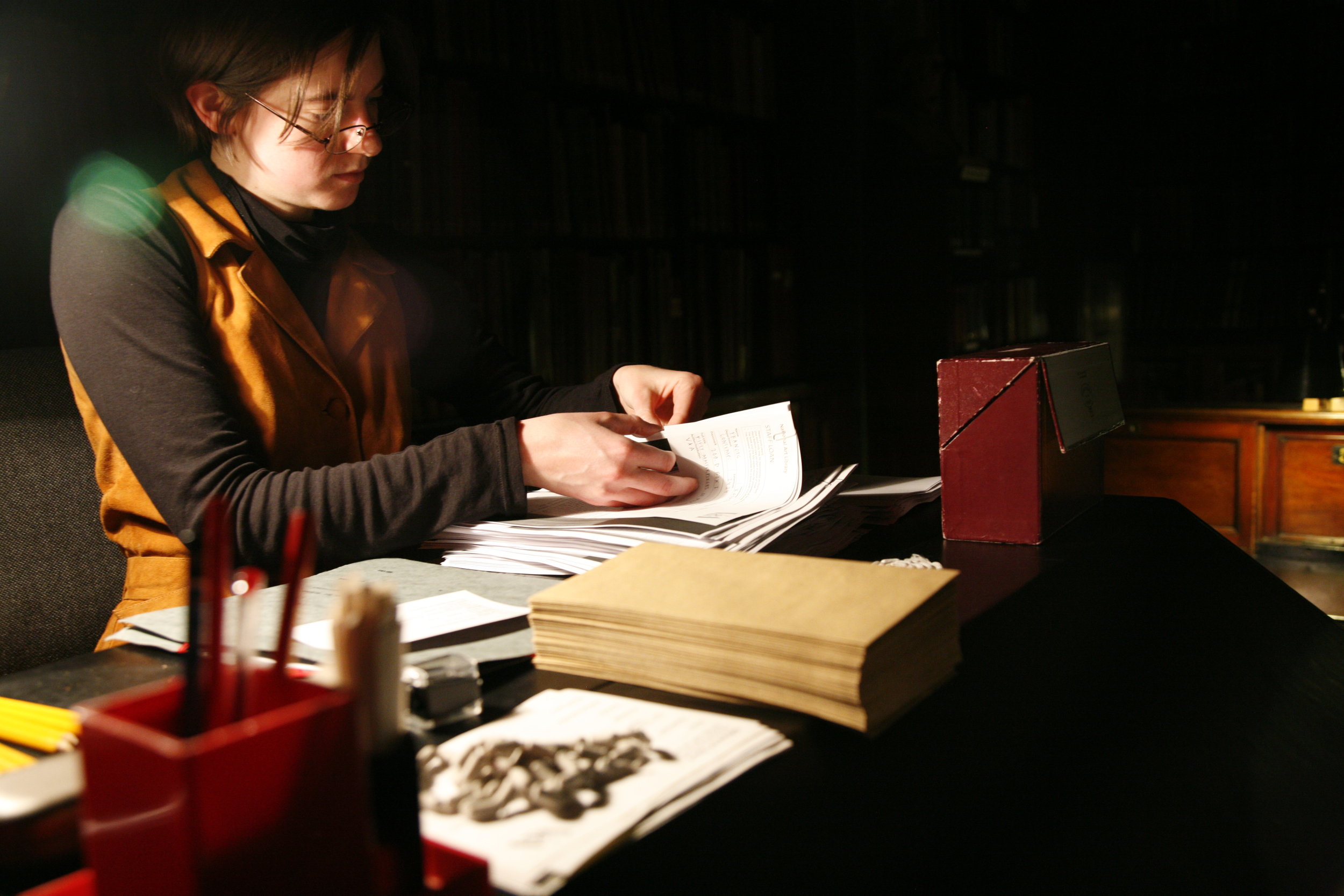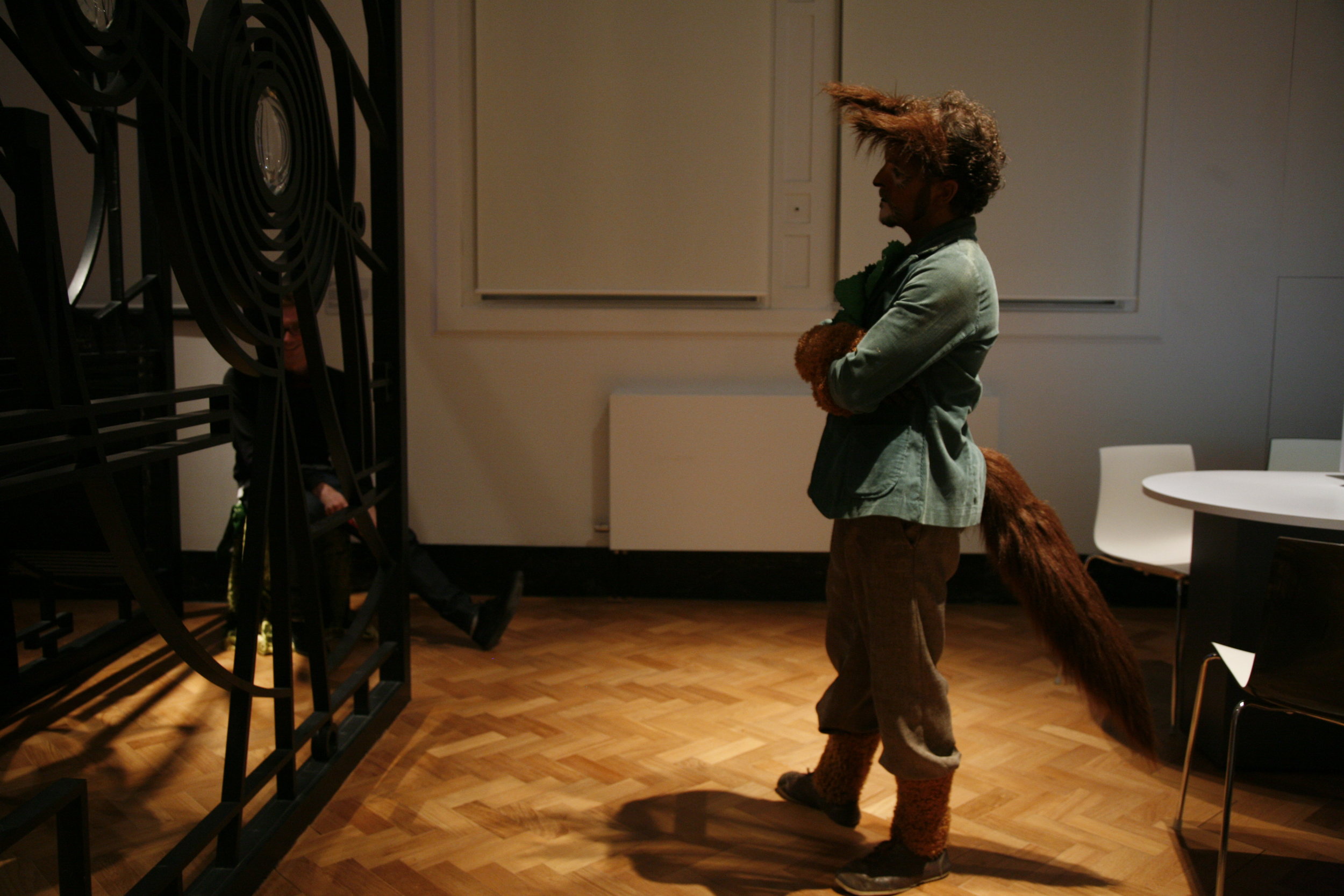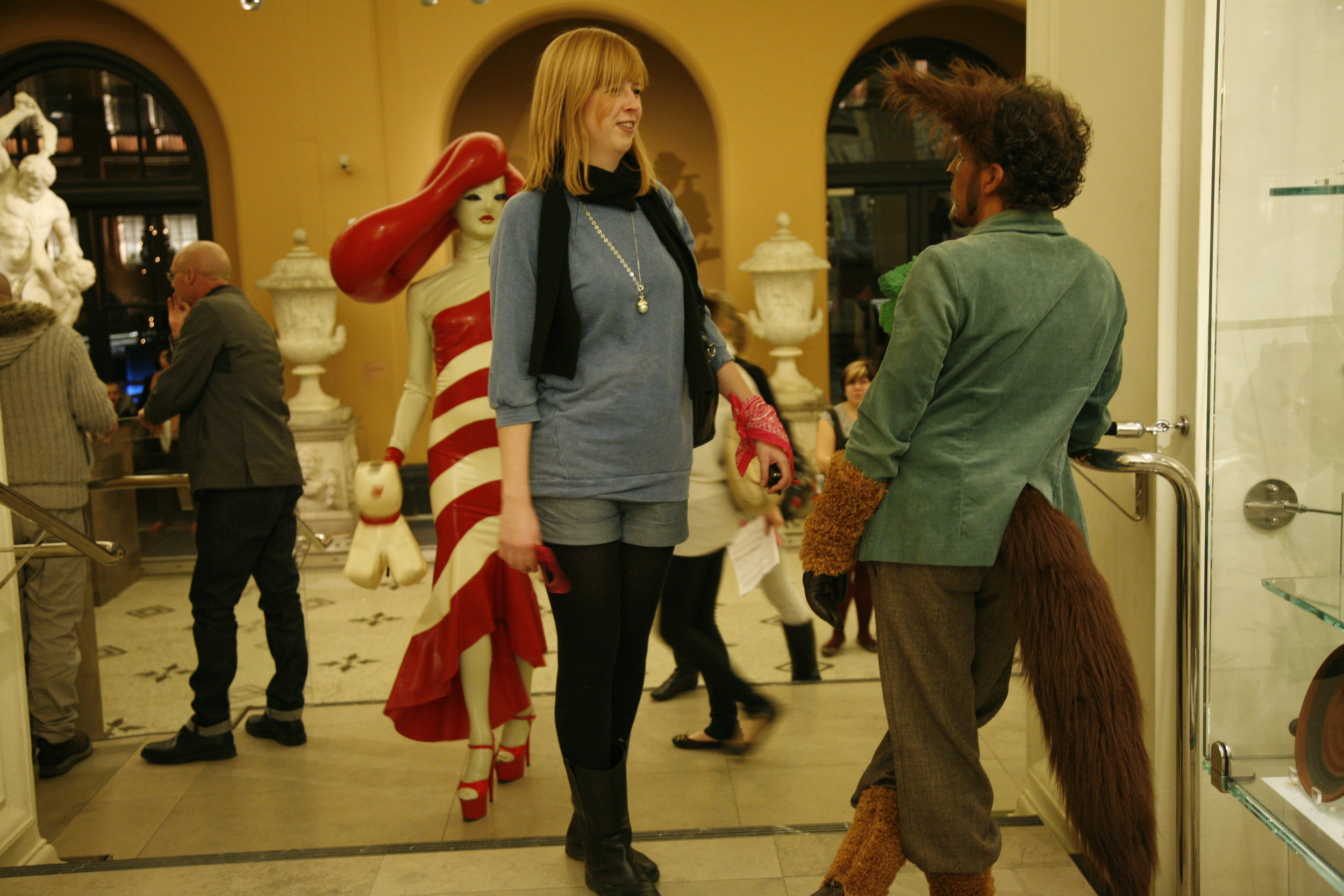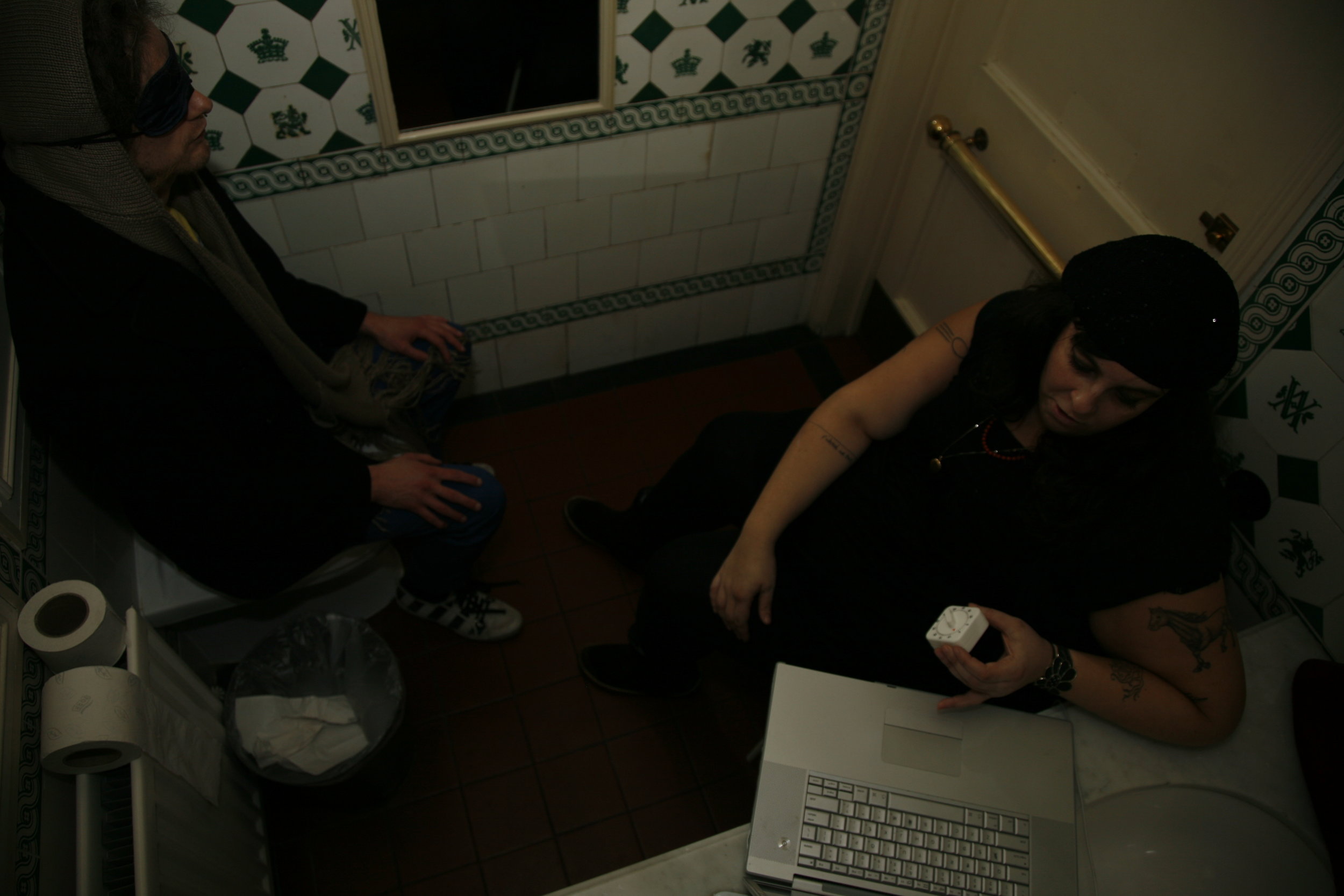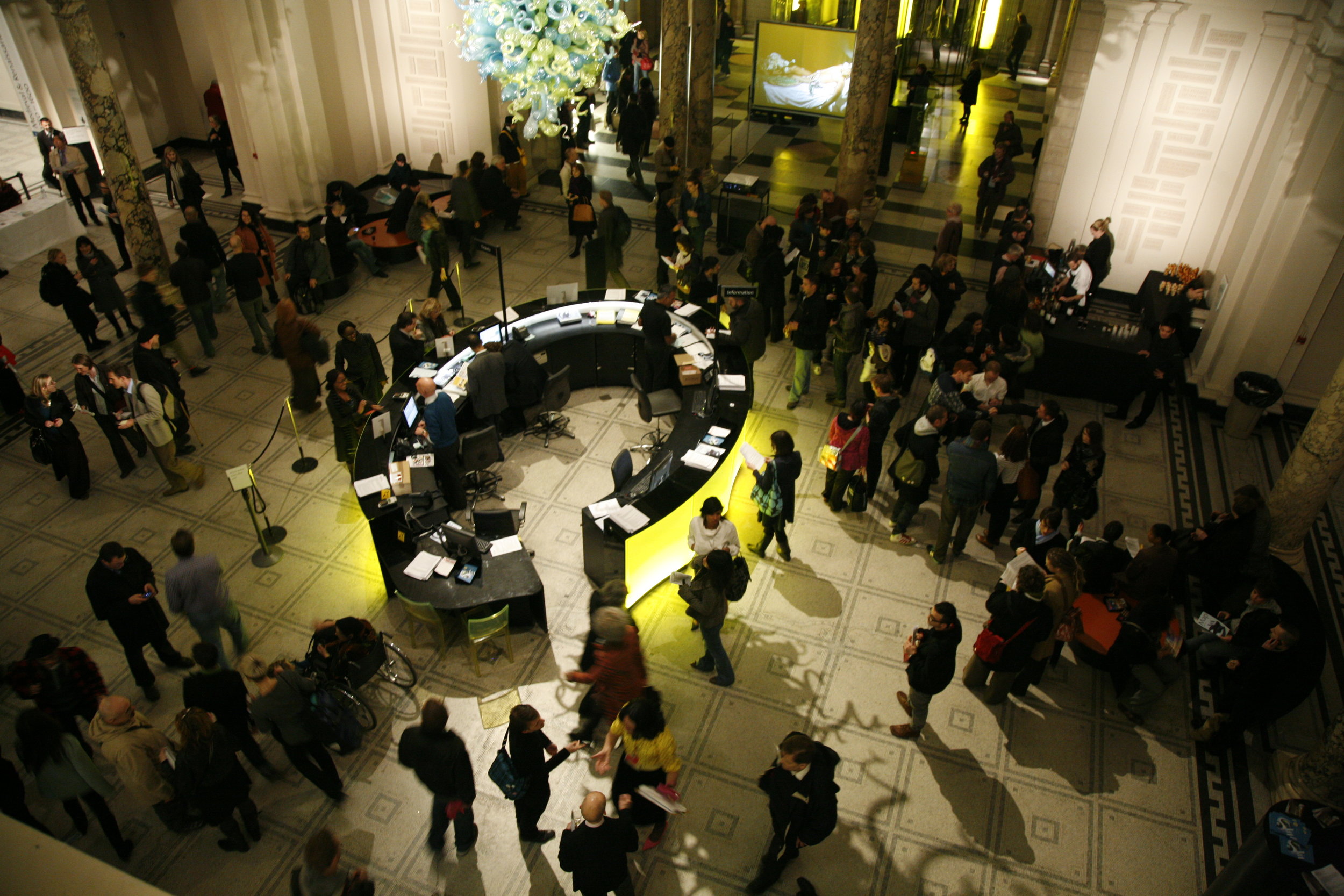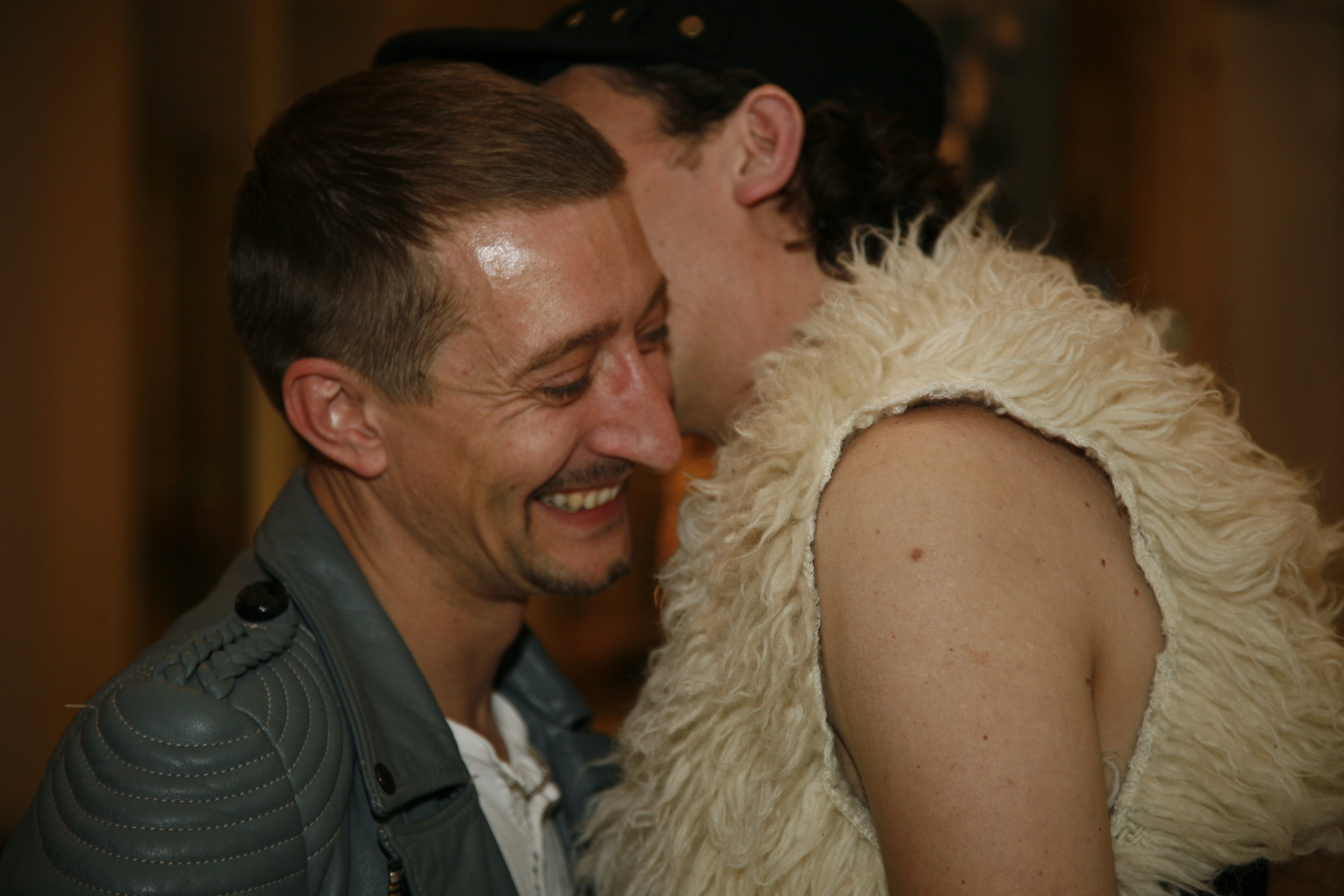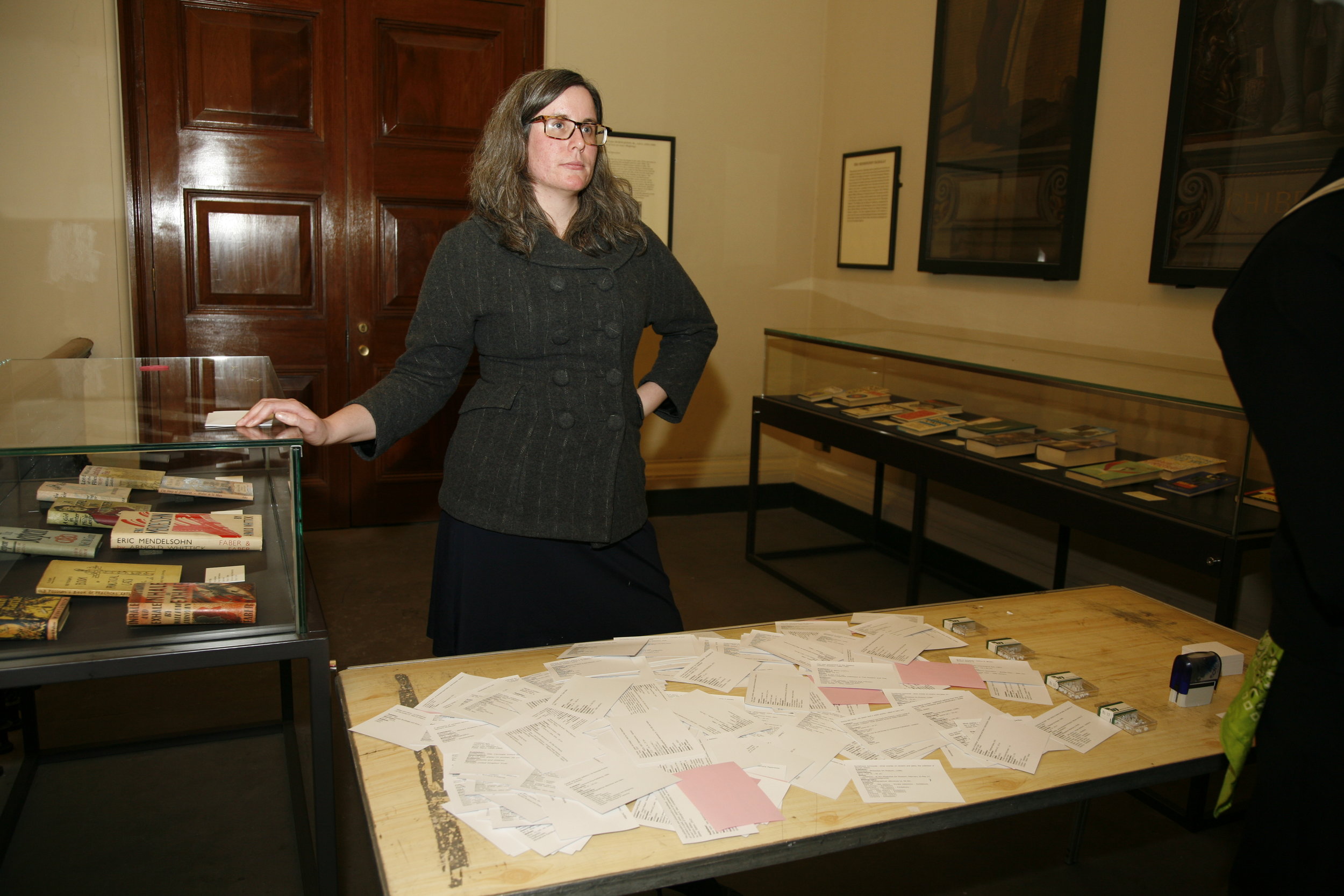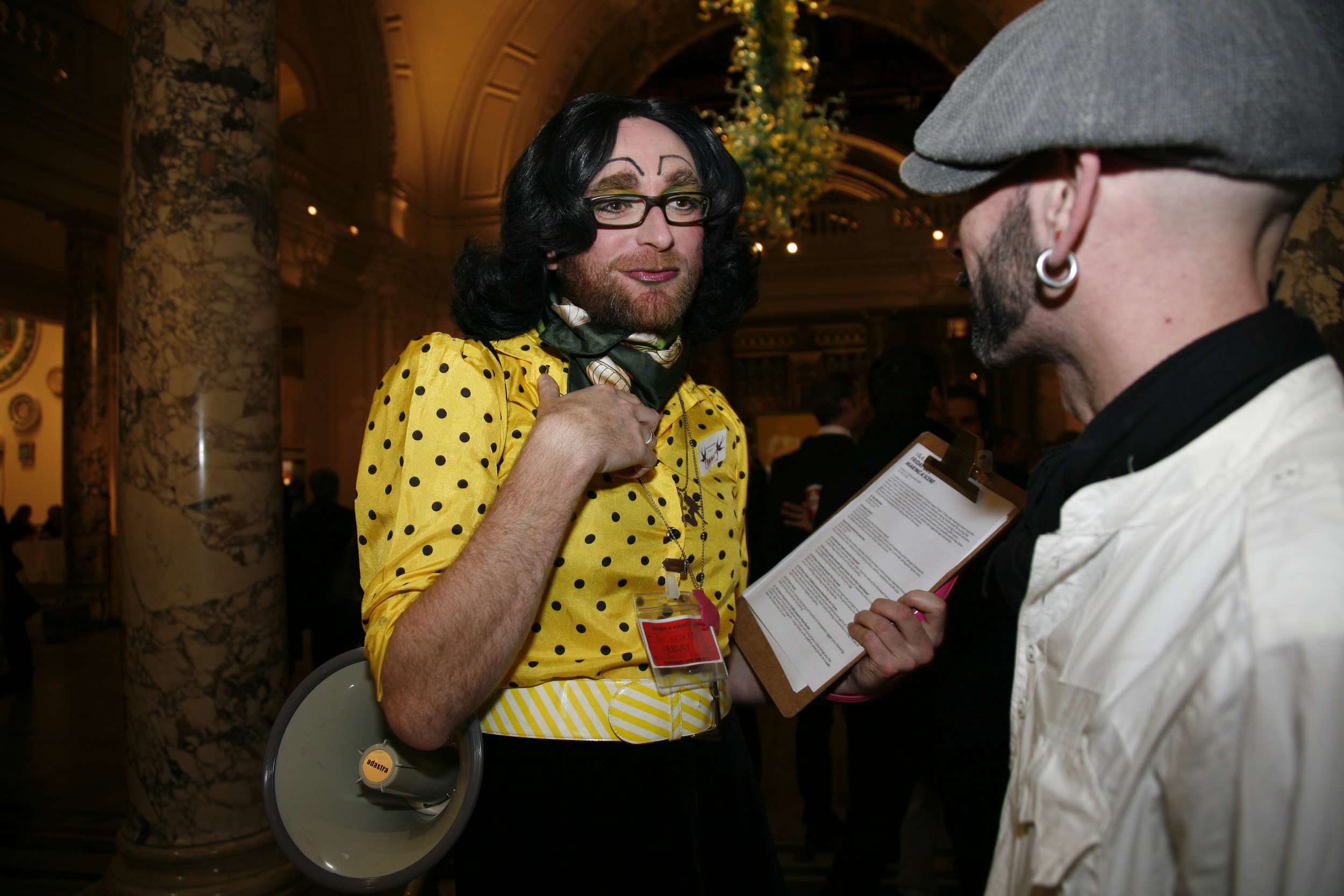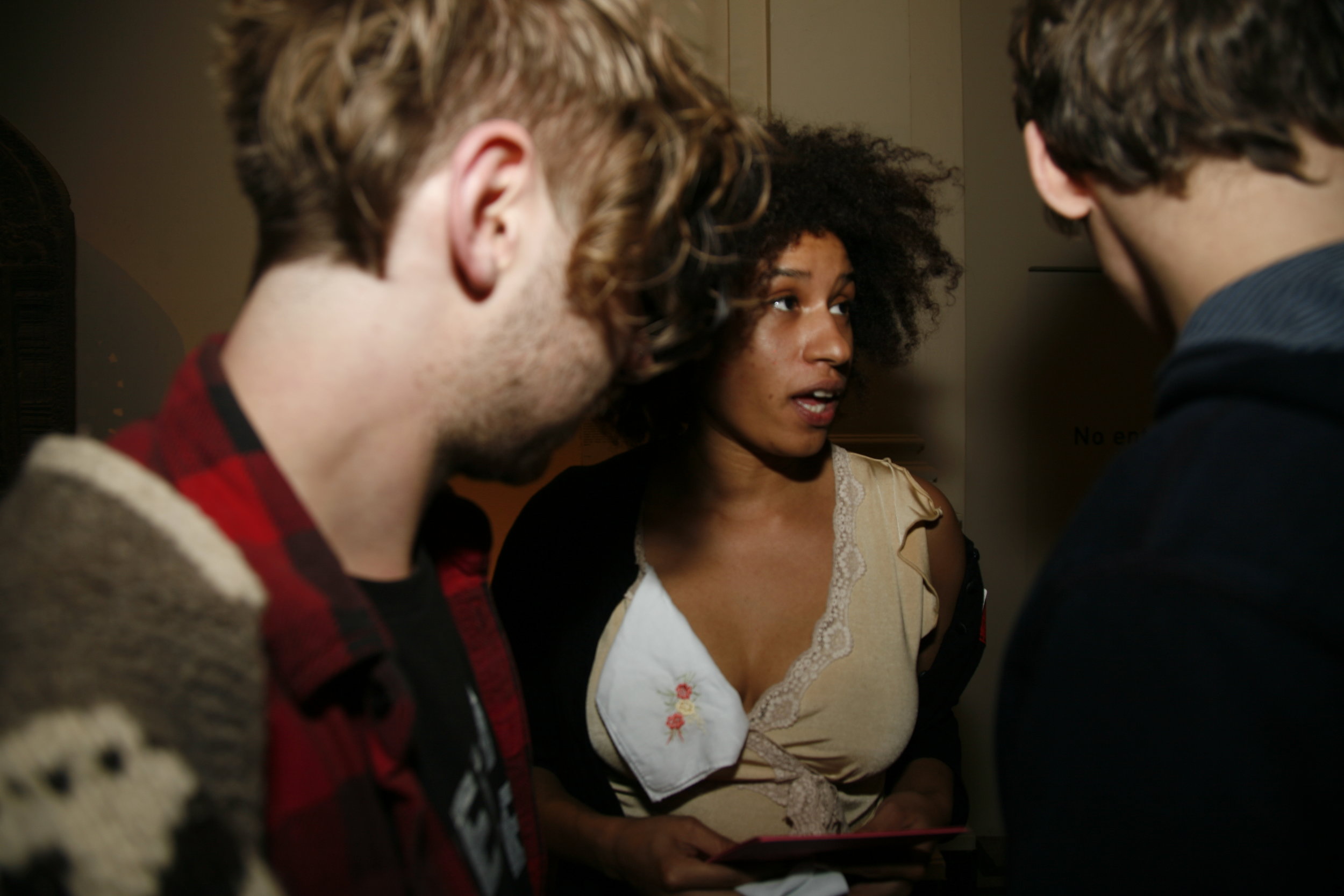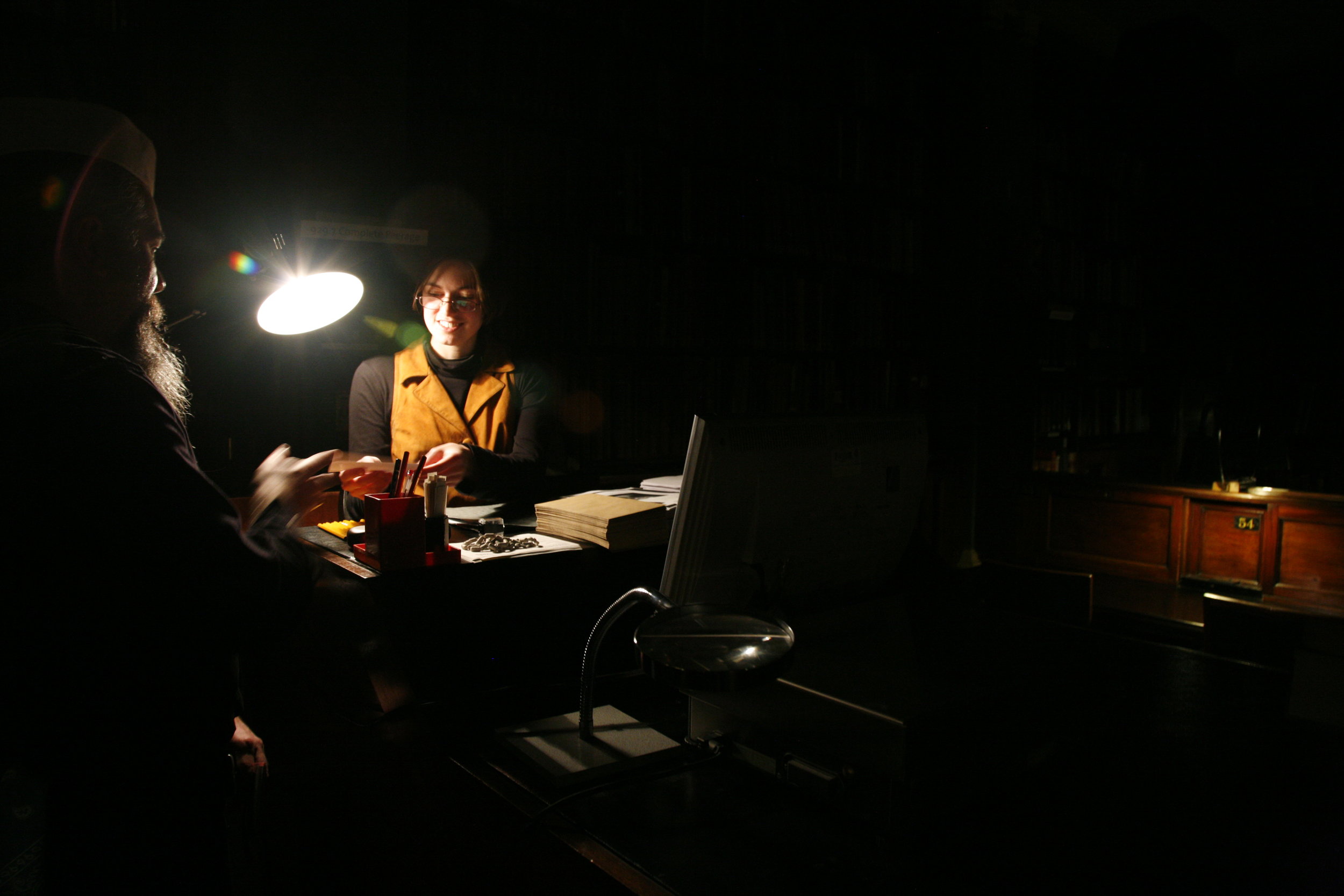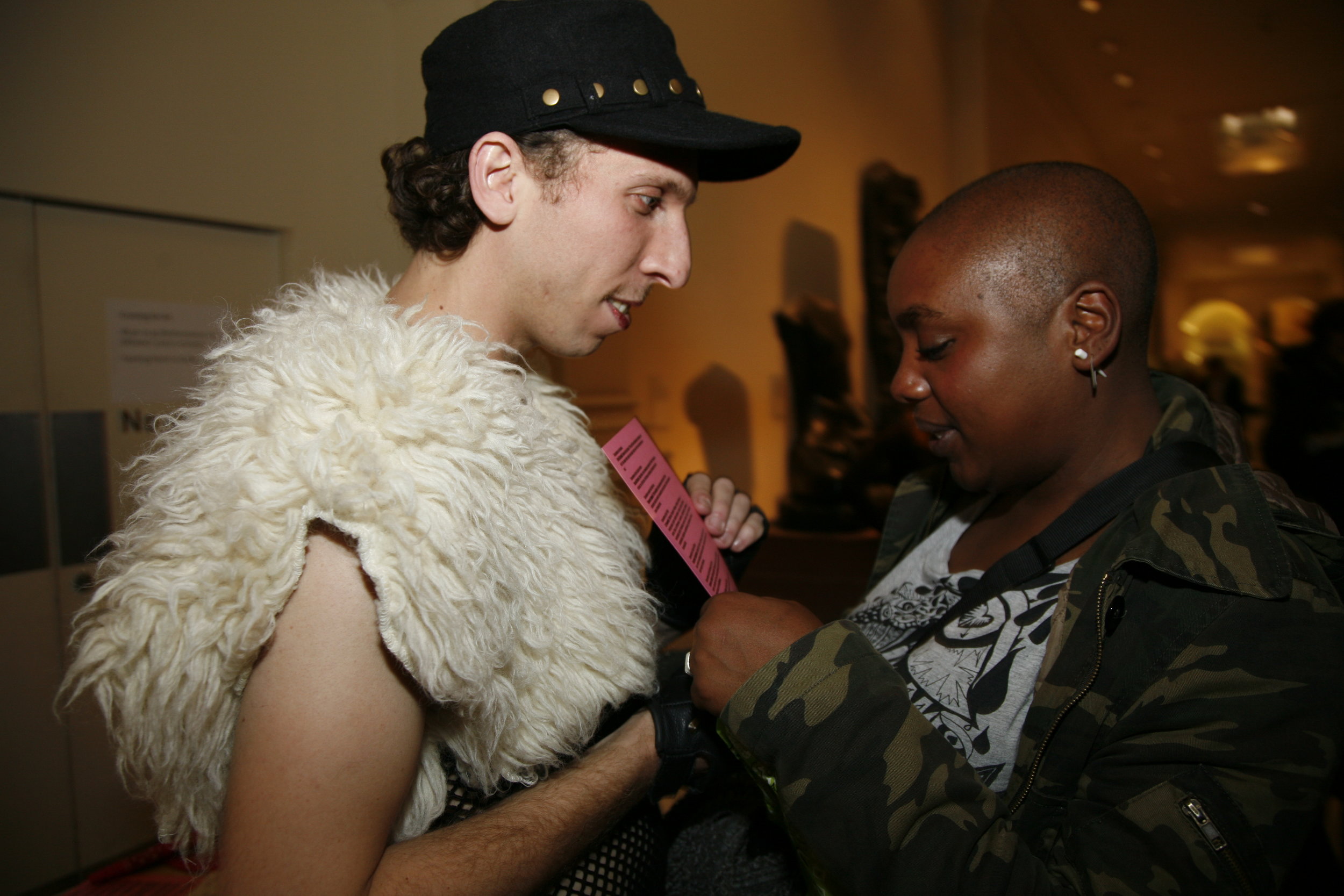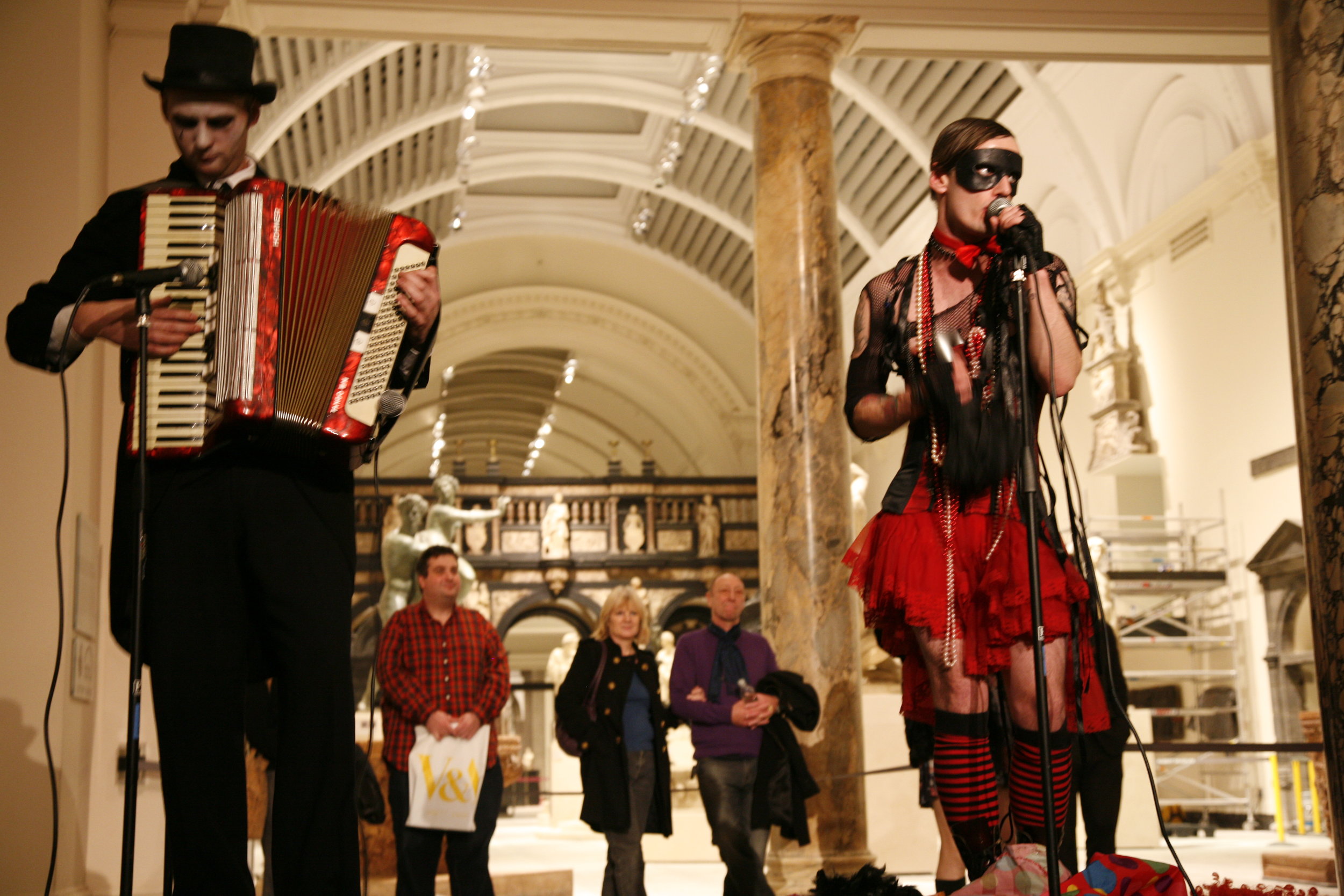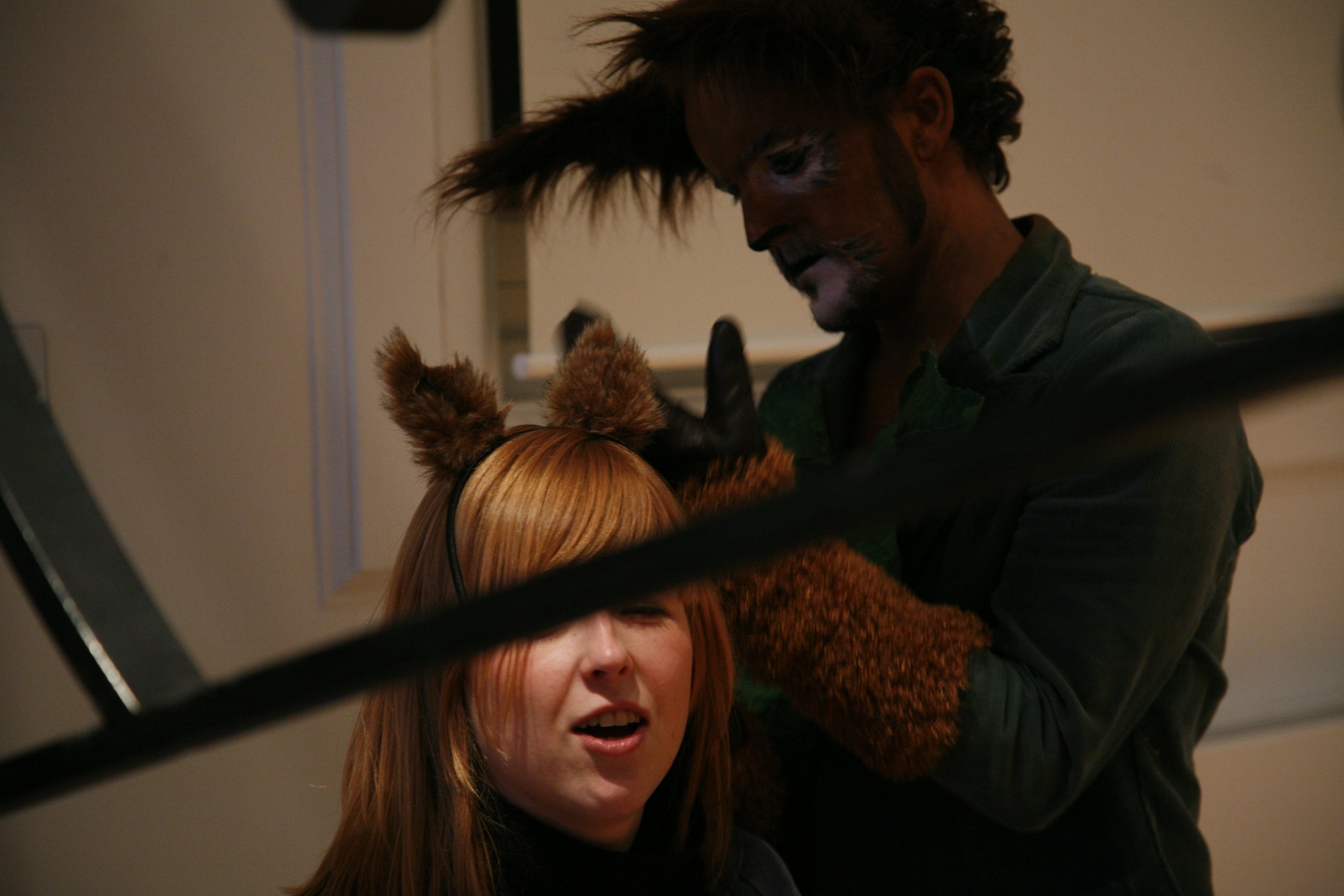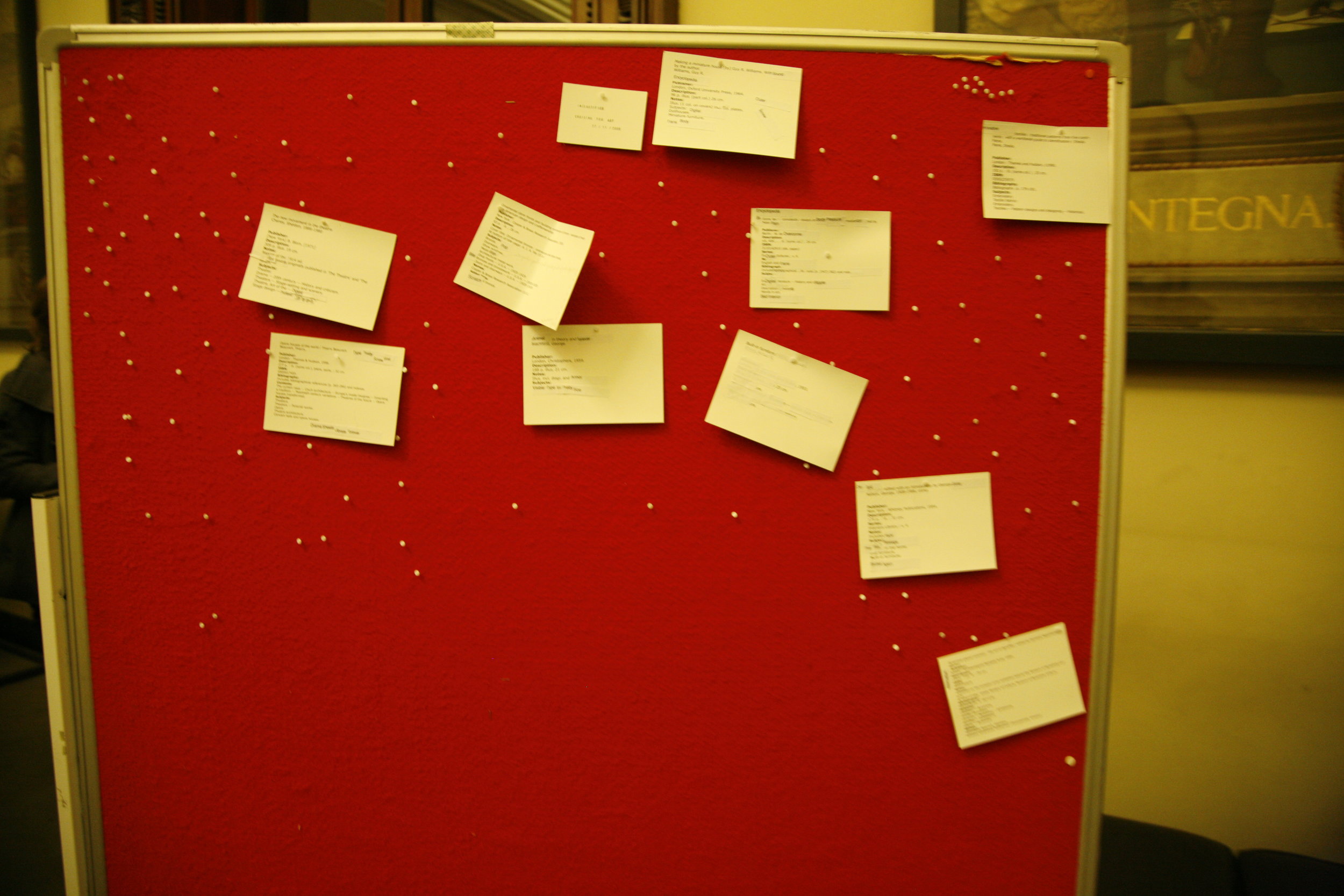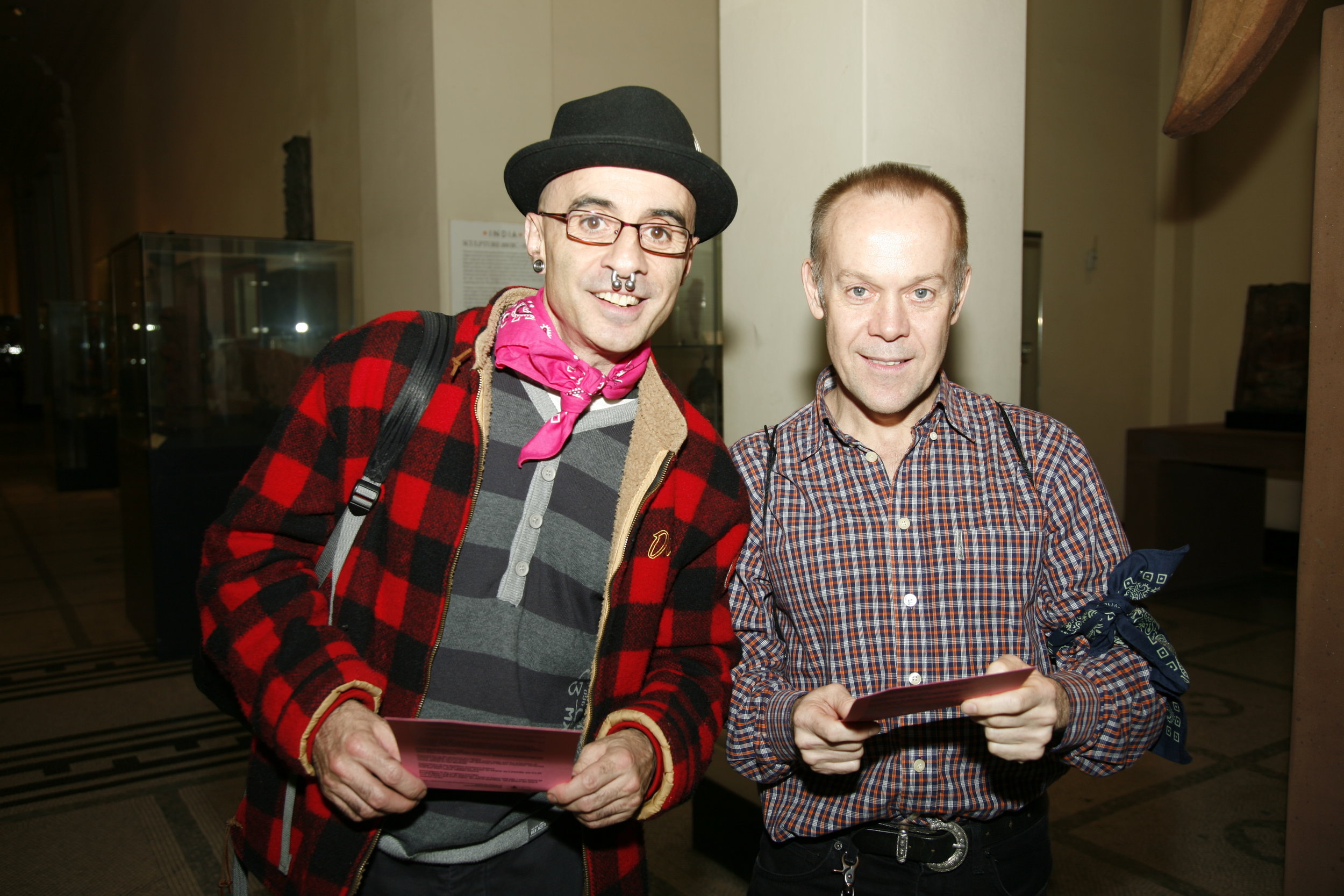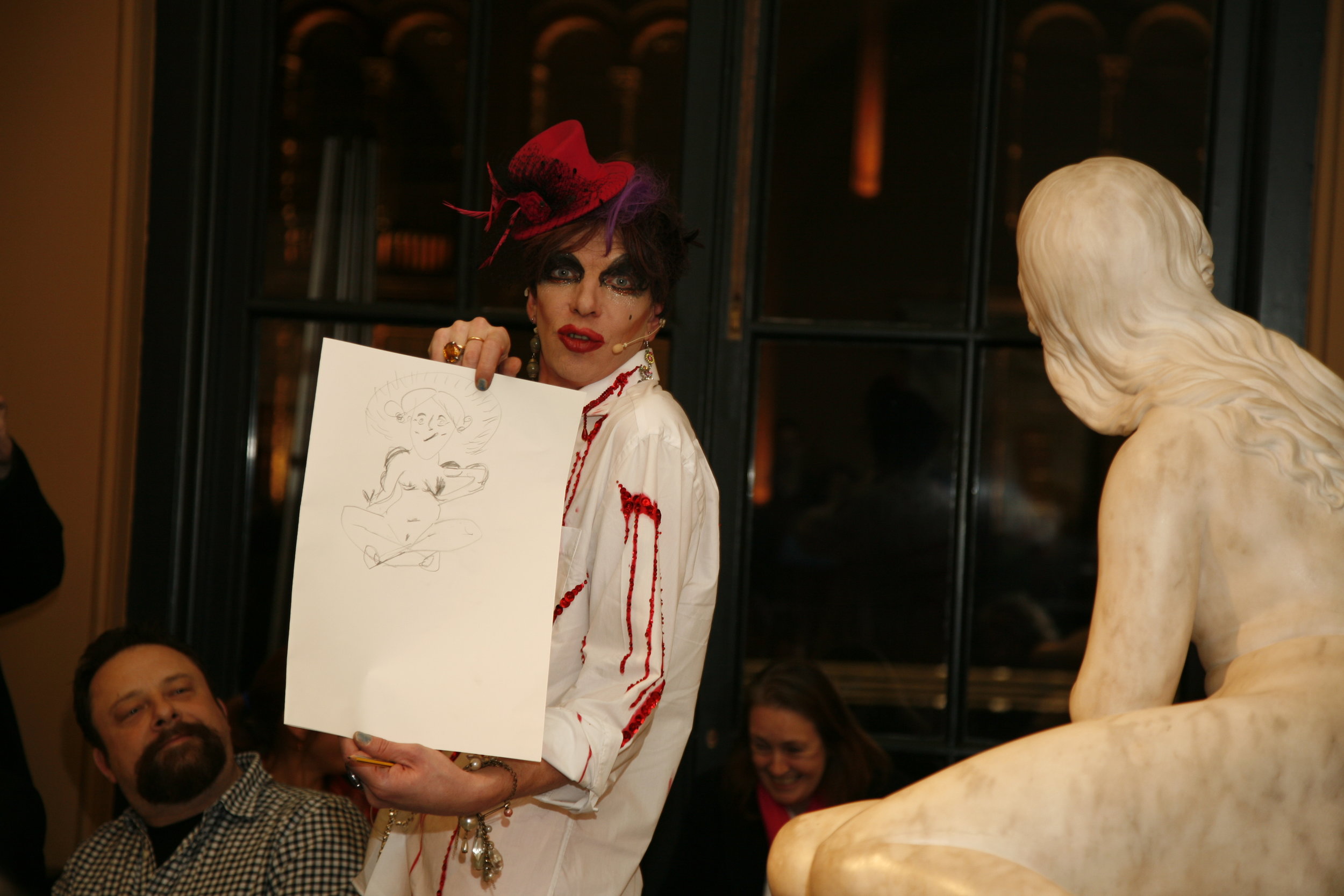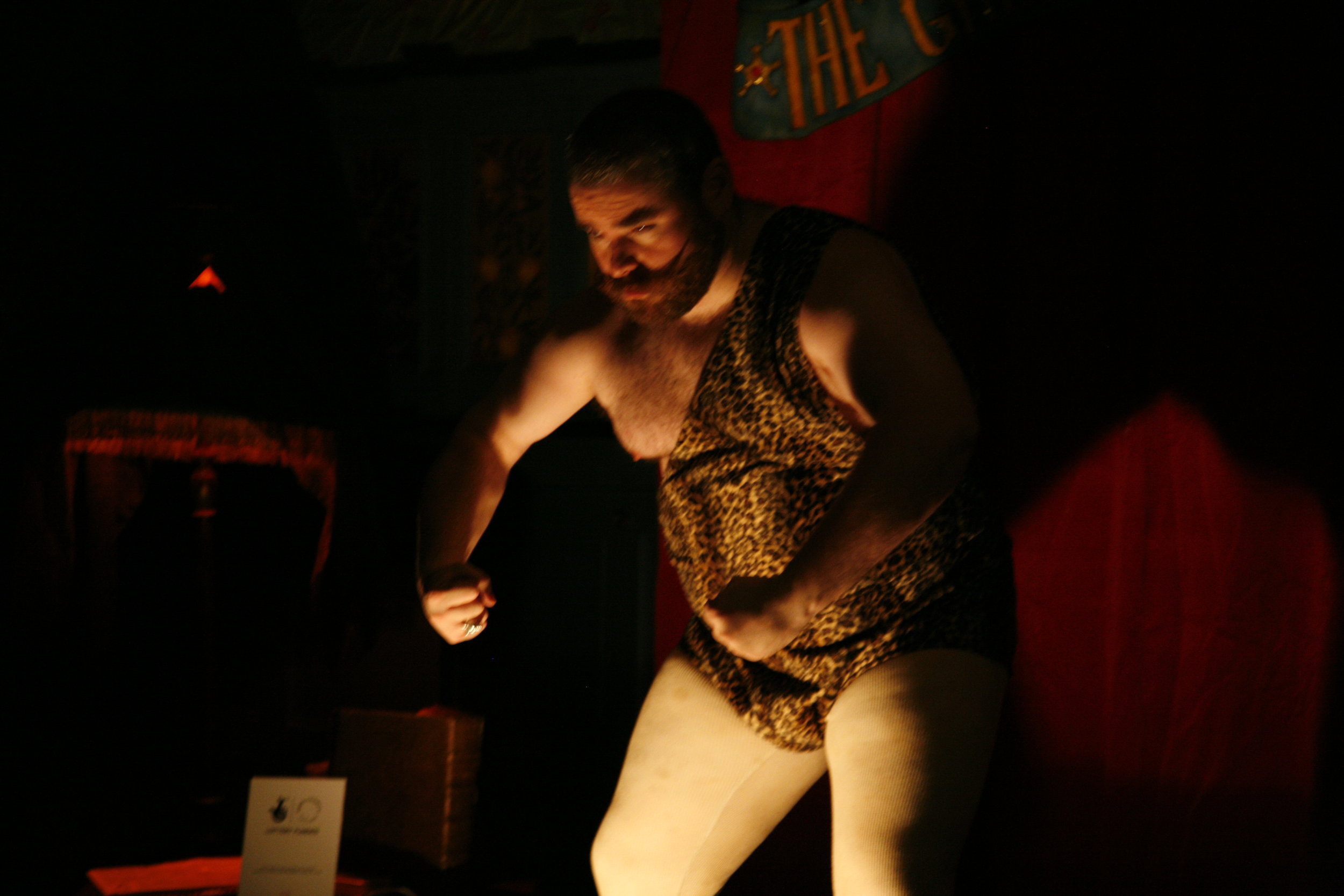VICTORIA & ALBERT MUSEUM, LOndon (2009)
Part of 'Making a Scene' at the V&A Museum, 2009
FEATURED CRUISERS:
Eirini Kartsaki (Never but all alone) She only likes unfortunate endings and tells the same story again and again. And you are the one she has never met.
Mamoru Iriguchi (This headlight is the only hope in the dark) A little adventure into the world of sensuality in the pitchdark. Hand in hand with cross-dressed artist.
Liz Rosenfeld (Trust me, I’m yours) exhange.. confess.. exchange....a fleeting touch. a graze. bodies in motion. a flash. eye lock. An instant. smiles. listen. an effleuremet. a meeting. a collaboration. an intimacy. a relationship. clarity. friendship. an event. a future. a desire. an investment. a submission. confusion. an ambivalence. permanence. a vessel. a responsibility.
Benjamin Sebastian (Lucky Dip) Naive or knowing; a young man opens his heart while examining the history of others. Boundaries between self and other begin to dissolve.
Johanna Linsley (Unclassified) Using queer logic and the principles of desire, together we'll re-order the National Art Library collection.’ Featuring sound design by Jan Mertens.
arkem (Foxing) In the galleries, prowls an animal, he's friendly, but it's all look and don't touch, wildlife indeed.
Rachel Mars (El Arte de Cabeceo) I want to dance with you. I can't dance so well. Perhaps you can't either. Noone is watching. Let's dance the way it oughtn't to be.
All photos by Christa Holka.
Discussed in Museums, Equality and Social Justice, ed. Richard Sandell, Eithne Nightingale (Routledge, 2012)
Cruising for Art, Part of Friday Late Making a Scene, Friday 27 November 2009
What was it?
Cruising for Art was as a central component of the V&A’s Friday Late Making a Scene event which was held on 27 November 2009. The event as a whole was dedicated to an exploration of sexuality in all its forms, with events and performances that ranged from talks, film screenings and workshops to participatory performance. Cruising for Art centred on queer desire and the uses of and possibilities within public space.
What happened?
Visitors to the Museum were invited to collect hankies from the desk at the Grand Entrance. The colours referred to specific performances but visitors were also invited to exchange hankies as they travelled through the museum spaces once they had engaged with a particular performance. Activities were dispersed throughout galleries and the museum spaces, ranging from the most intimate of private settings such as the original nineteenth century toilets to public settings such
as the National Art Library.
How did it work?
Friday Late audiences are a diverse group. Attendees run the entire spectrum of the museum going public. Artists were therefore required to engage both with participants for whom divergent sexualities hold a particular significance and those for whom such territory is unfamiliar. Discussion of the brief, first proposals, feedback and preparation for the event were thorough and detailed. The breadth of the final performances ranged from the playful to the poignant in a thoughtful
and sensitively conceived manner. The event deftly avoided any sense of a watered down tokenism or saccharine condescension. As series of mini-events, rapidly executed, Cruising for Art managed participants and expectations well and the distribution of the hankies and the interaction of artists and the public were all professionally executed. The public response to the series was extremely positive, with the performances prompting thoughtful and encouraging comments from both regular and occasional visitors. Cruising for Art was a significant and conceptually coherent event, one that the V&A was extremely pleased to support."
Oliver Winchester, Assistant Curator - Postmodernism: Style & Subversion 1970-1990 & Head of V&A LGBTQ Network
